Vanilla Fudge formed in New York in 1966 and forged their own unique blend of metal, psychedelia, and self-importance. They broke away from their mold of doing Beatles and Supremes covers in 1968 for their second LP, a concept album produced by Shadow Morton called The Beat Goes On, wherein they offered up a psychedelic stew that featured everything from the philosophy of Sonny Bono to the voice of Winston Churchill.
The point was that time, and music, keep marching on. In addition to works by Mozart, Stephen Foster, Lieber and Stoller, and Lennon and McCartney, there is a heavy but strange homage to Ludwig van Beethoven, two of his solo piano works, Für Elise and Moonlight Sonata, and imagined through the blasting Hammond B3 of Mark Stein. The Vanilla Fudge do Beethoven on Old School
According to various tentacles of modern electronic sources, The story behind Beethoven’s Für Elise is not very clear. Ludwig never published the piece during his lifetime and the original manuscript was lost. However, there are some theories and speculations about who Elise was and why Beethoven wrote this piece for her:
One of the most popular theories is that Elise was actually Therese Malfatti, a woman who rejected a Beethoven moonlight proposal in 1810. Therese was a skilled pianist and a student of Beethoven’s bestie and Mozart’s perpetual pickle, Anton Salieri. Beethoven might have written it as a gift but the title was misread by Ludwig Nohl, who discovered and published the piece in 1867.
Another theory is that Elise was Elisabeth Röckel, an opera singer and a close friend of the composer. She performed in several operas that Beethoven admired, including Mozart’s The Magic Flute. She was also the sister of Johann Nepomuk Hummel, a Beethoven rival.
And behind Door #3 is Elise Barensfeld, a 13-year-old that Beethoven met in 1810 in the spa town of Teplitz. She asked him to write something for her, and according to a letter she sent to her brother in 1865, Ludwig the Magnicent composed the piece on a napkin for her.
There was no rock music for Beethoven, but there was candy, which begs his opinion about vanilla and fudge.
For instance Beethoven craved Kaesespaetzle, a dish of cheesey noodles topped with crispy onions, which could translate to a preference for cheese-based candies, such as cheesecake bites or cheese fudge.
Beethoven’s favorite dishes were Turkish, Hungarian, German, and Bohemian. One might find traces of Turkish delight, paprika candy, or gingerbread scattered across the midnight keyboard.
Now what about the super once-in-a-Blue Moonlight Sonata?
A front runner among theories is that Beethoven wrote this for his pupil Countess Julie “Giulietta” Guicciardi, who also received one of those Beethoven proposals in 1801, one that was rejected by her family. Obviously , her father worried that she was being courted by a drummer.
The piece was dedicated to her in 1802. The title “Sonata quasi una fantasia” (“sonata almost a fantasy”) suggests that Beethoven was all unfulfilled love and longing.
Still another theory is that Beethoven wrote the piece for friend, patron, student, and wannabe groupie Baroness Josephine von Brunsvik. Beethoven had a secret affair with her in 1804-1805 while she was married to another man and a mother of four. Beethoven filled her inbox with long letters.
Most likely is Beethoven was more worried about his health over his love life. In his early 30s he had his first hearing loss, which brought on depression. He also had money problems and was fighting a legal battle over custody of his nephew Karl.





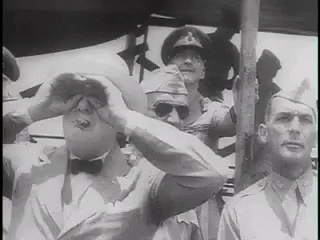




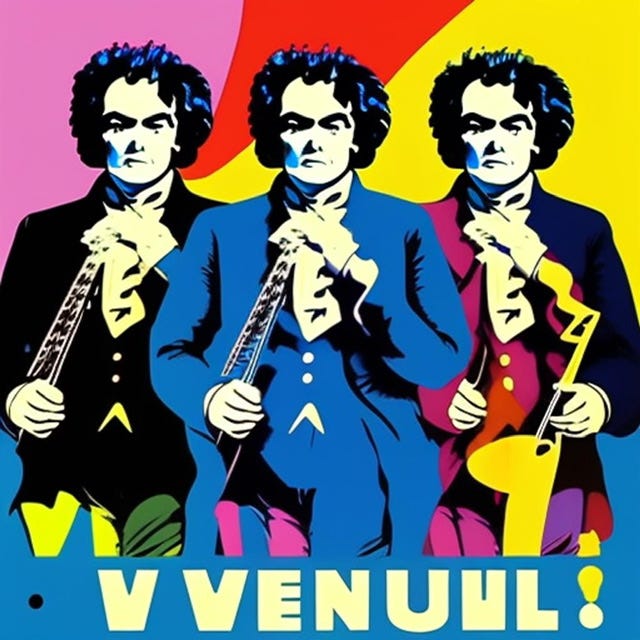







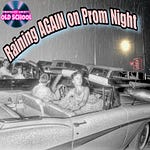
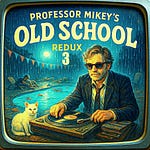


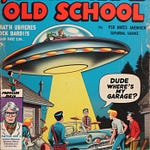
Share this post